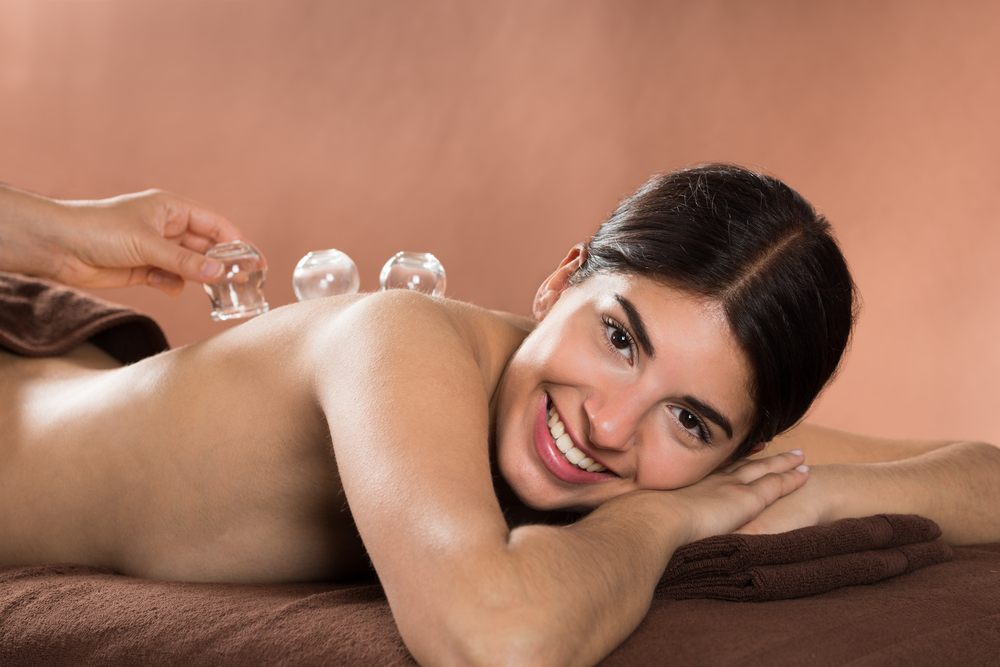Ancient Cupping Therapy For Pain

With the Olympics dominating the airwaves, it has become apparent that there is a current trend in various parts of the world to embrace cupping as a form of treatment for pain. Proponents claim that it can help reduce the overall pain one experiences after a workout or to help soothe and cure underlying ills that are leading to chronic pain. The exact degree to which cupping is useful tends to vary depending on the person that you ask. Some have said it is good for aches and pains that are relatively low level, but others have reached as far as to say cupping is potentially good for things like curing cancer. Trends like this have a way of obscuring the truth of themselves from the public during the craze. You might be interested in the practice and wish to know more and whether it can help you. We’re going to explore this practice a little so you have a better idea about it.
What is Cupping?
Cupping, simply put, is a practice that originated in multiple parts of the world. Depending on the area, people are more likely to claim it is of ancient Chinese origins, but there is no evidence to support the claim. They have been doing it for a long time though. Other cultures have done it as well though. Native Americans, Egyptians, and even Greeks all seem to have evidence that they tried similar therapies. The modern version comes in a couple of different varieties depending on the goals of the therapy itself. “Dry” cupping is most commonly used to treat aches, pain, and generalized discomfort with no clear source. There is a form known as “wet” cupping that involves poking a small hole in the skin before applying the cup. The cup is applied to form a vacuum on the skin. This is why anyone who has had cupping down has noticeable marks in the immediate aftermath. All this does leave a big question though: How does it work?
Clap Your Hands
This is where we actually encounter the biggest problem for cupping: no one agrees on how it works. The traditional explanation is that dry cupping is itself a form of energy medicine used to manipulate a vital force in the body. You’ll frequently find cupping services alongside acupuncture for this very reason and they often target the exact same areas of the body. A more modern explanation for wet cupping is that the puncture in the skin allows the vacuum to draw out toxins from the body to ease the patient’s suffering. Both of these rely on nebulous ideas using an inaccurate and unscientific picture of how the body works. Cupping is a pseudoscience with no real, reliable studies to actually support its claims. This makes it no different from any other form of energy medicine. It doesn’t necessarily explain why people seem to feel better though. There is a clear explanation for this though.
The Placebo Effect
Amusingly enough, you can actually make yourself feel better by expecting to feel better. Most people are acquainted with the idea of “sugar pills” as a substitute for actual medicine in the case of a hypochondriac. Think of cupping as a larger scale, therapy-based version of sugar pills. People expect to be eased of their pain and as a result, they are. Reliable enthusiasts for the practice seldom make any claims beyond it being useful for aches and pains. These are things that typically get better on their own after a short time anyway. Athletes, stars, and even that friend that might have suggested the practice all feel better because they expect to feel better. This is because of the mystique surrounding the practice and people being assured it will do something. We want it to do something for us because we don’t want to be the only ones that get nothing from it. Our brains oblige us by making sure we’re not the odd ones out, but it doesn’t make the treatment actually effective in any meaningful sense.
Cupping as a therapy for pain management isn’t really reliable or believable. It has no clear way in which it works and proponents can seldom agree on precisely what makes it so useful. This is a clear pattern that is easily associated with the pseudoscientific therapies that regularly pop up in health and beauty. You’ll want to avoid this treatment unless you simply want a novel experience. If that’s all you want though, then by all means you should indulge.

